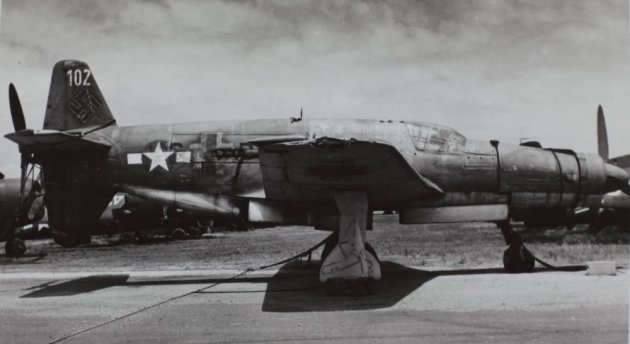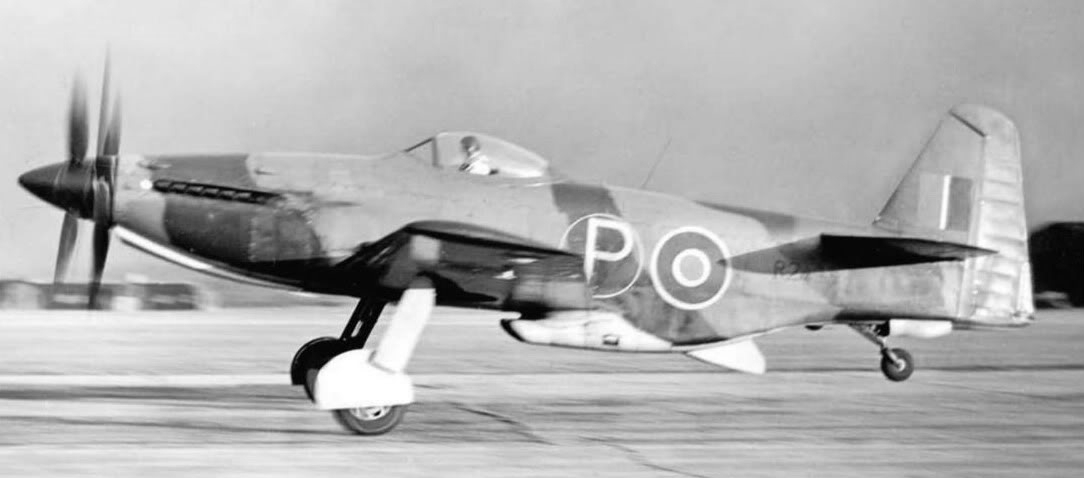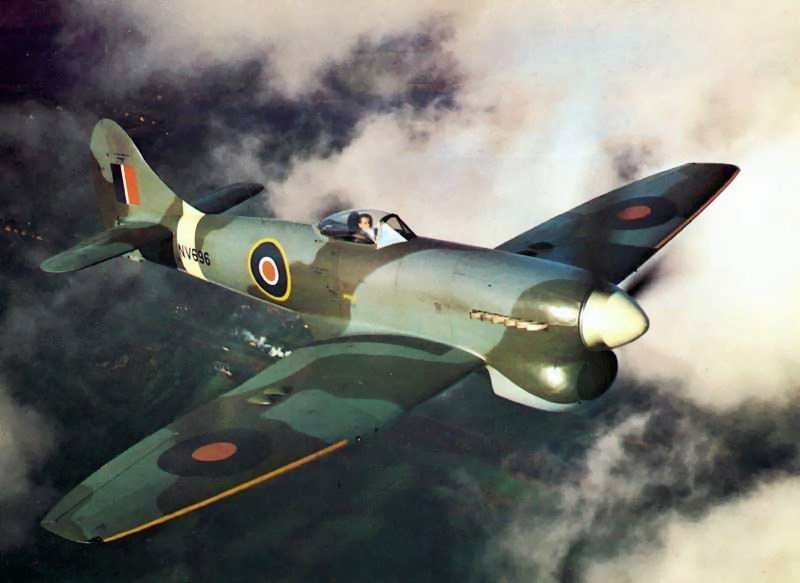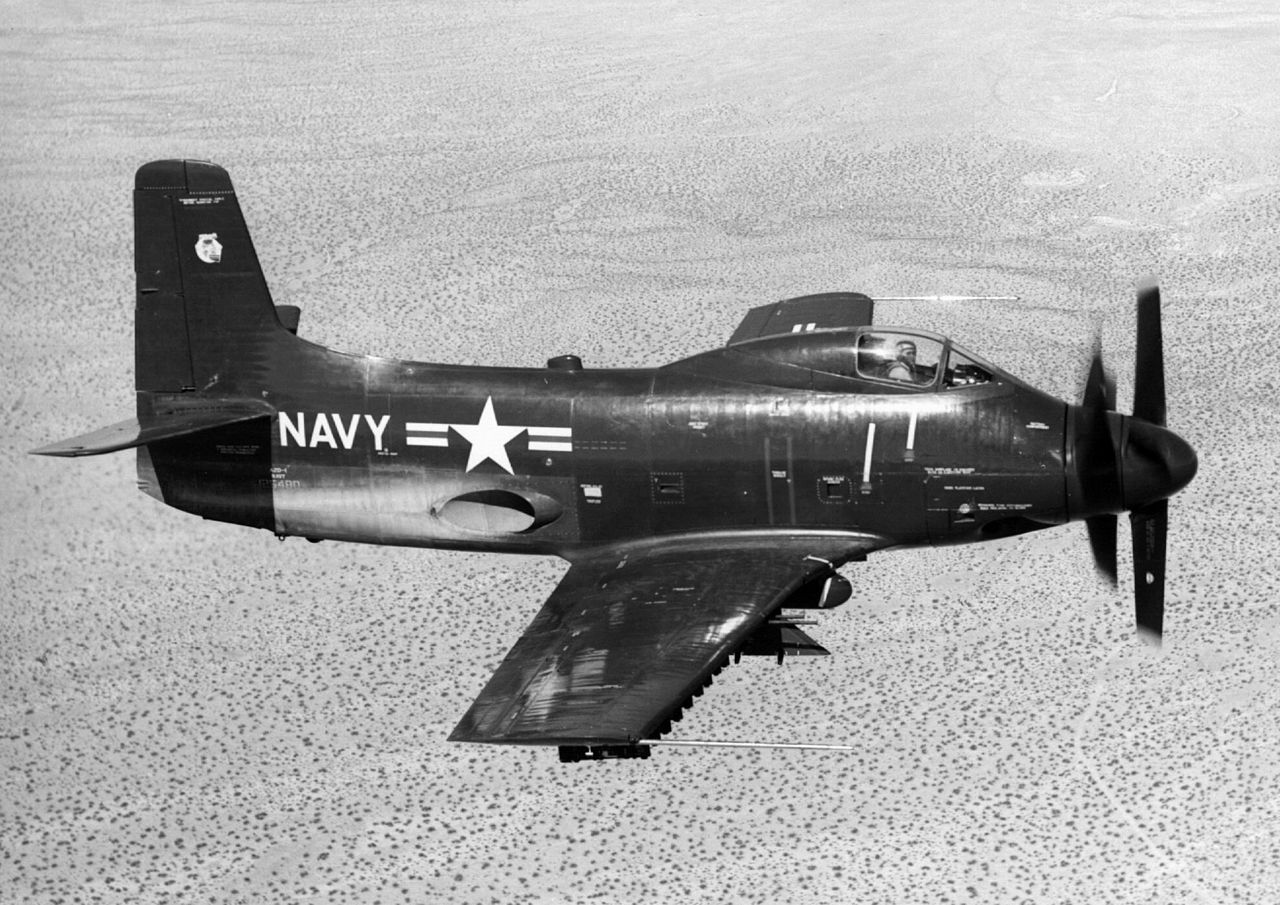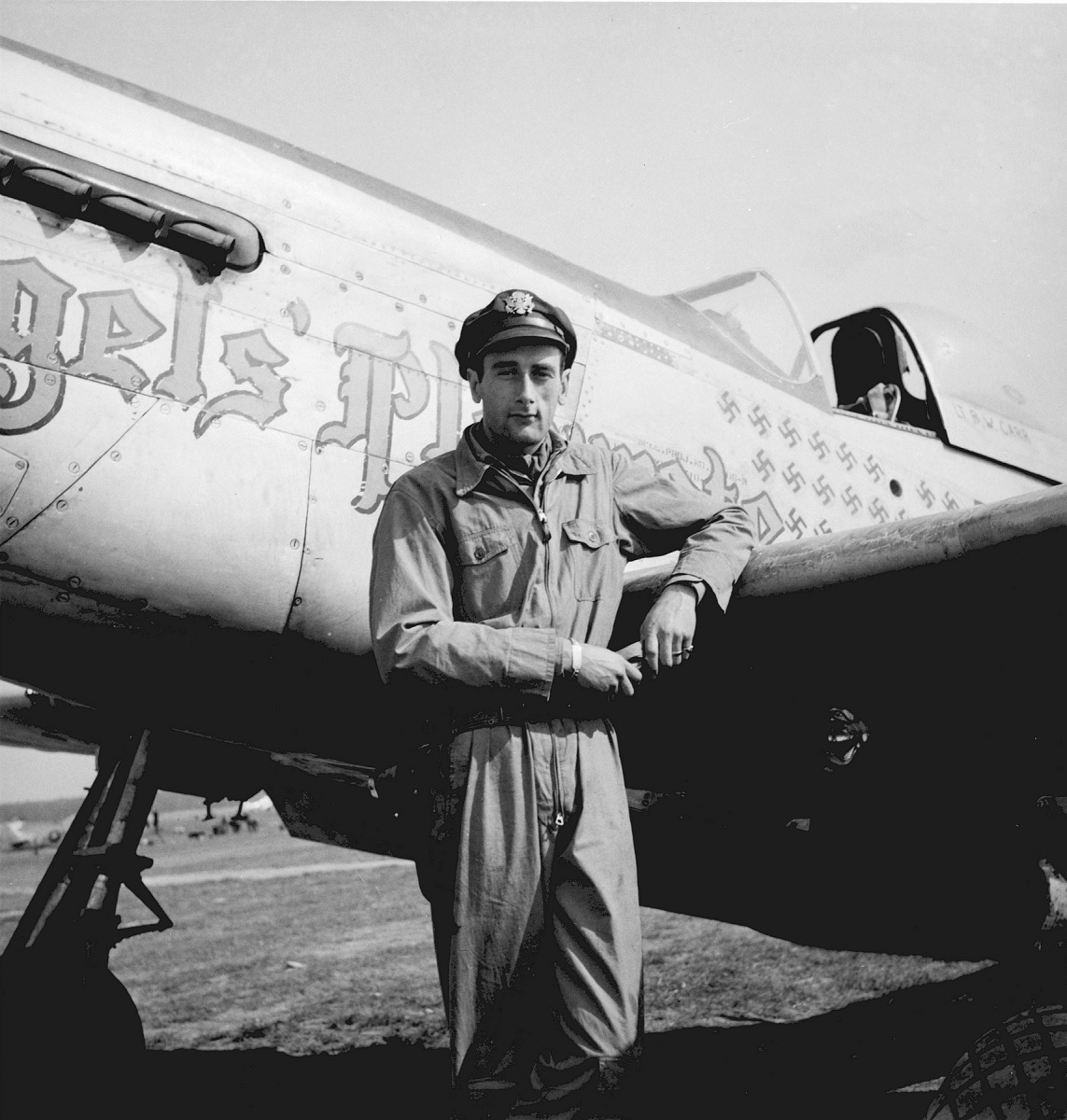Between the P-51B/C ”Razorback” or the long-ranged P-51D, the P-51B Razorback was faster and flew straighter/smoother with the smooth-back fuselage and still got 1,350 miles of range
In 1940, the British approached North American Aviation to license-build Curtiss P-40 fighters for the Royal Air Force. Instead, North America proposed to develop an improved fighter, which was tested as the NA-73X in October 1940. The following year saw the start of production on the aircraft, which the British dubbed Mustang I.
The USAAF received the first production of P-51A fighters in March 1942. The P-51A’s Allison engines significantly restricted performance at high altitudes, despite being excellent at lower altitudes.
British Merlin engines were installed in Mustangs both in the US and Great Britain as an experimental fit in the fall of 1942. At 29,800 feet, one in the US achieved an astounding 441 mph, which is almost 100 mph faster than the P-51A at that altitude. Mass production of the Merlin-powered P-51B and P-51C soon followed (nearly identical, North American produced the “B” in Inglewood, Calif., and the “C” in Dallas, Texas).
The 354th Fighter Group “Pioneers” entered combat in Europe with the first P-51B/C Mustangs in December 1943. It was in March 1944, during the first US heavy bomber strike against Berlin, that the USAAF had deployed roughly 175 P-51B/C Mustangs.
With over 8,000 units produced, the P-51D was the most prevalent variant after a number of modifications were made. A redesigned “bubble-top” canopy that significantly enhanced the pilot’s view was the most noticeable modification. Along with the improved K-14 gunsight, the P-51D also had six instead of four.50-cal machine guns and a simplified ammunition feed system that significantly decreased gun jams.

The P-51D became the main long-range escort fighter for the USAAF when it began to arrive in large quantities in Europe in the spring of 1944.
Something that almost nobody knows is that the pilots preferred the P-51B “razorback” and the Brass preferred the longer 1,650-mile ranged P-51D “Bubbletop.”
Pete Feigal, former Pro Military Artist for 25 Years (CLICK HERE to visit his site and check out his awesome artworks), explains on Quora;
‘Between the P-51B/C ”Razorback” or the long-ranged P-51D, the P-51B Razorback was faster and flew straighter/smoother with the smooth-back fuselage, and still got 1,350 miles of range. The Malcom “goldfish bowl” cockpit canopy also gave great visibility to the rear.
‘Both the “bubble-top” P-51 Mustangs and P-47 Thunderbolts had a slight instability issue when compared to the “razorback” variants, and most had a stabilizer added to iron this out in later models.
‘Check out the smooth rear back/tail on this P-51B behind the substandard “greenhouse” canopy:
‘Now check out the dorsal fin for stability on the back/tail of this P-51D:
‘In my years as a WWII aviation artist, I heard something interesting, though: that many P-51 pilots greatly preferred the P-51B with the Malcolm Hood canopy. It was lighter, faster, and had crisper handling than the “bubble-top” P-51D, and had a better all-round visibility. Its primary weakness was in its armament—only four Browning M2 .50’s, which often jammed, esp. under tight turning.
‘Some later mods to the P-51D to improve the ammunition feed racks were later retrofitted into P-51B/Cs, which made their .50s less prone to jamming. With modified guns and a Malcolm hood, the P-51B/C was arguably a better fighter than the P-51D, with better visibility, lower weight, a bit faster and without the structural problems which afflicted the D. Emergency bail-outs were also easier.’
Chris Chant explains in his book Allied Fighters 1939-45: ‘To many pilots, the P-51B was the finest variant of the P-51 Mustang. When fitted with the British “Malcolm hood”, it was lighter and faster, and handled more crisply than the bubble-canopied P-51Ds.’
Feigal continues;
‘These early canopies were made of numerous pieces of plain ol’ flat glass held in position by a frame and muntins (strip of metal separating and holding the glass panes).

‘The muntins reduced visibility, which was especially awkward for combat aircraft. And glass canopies were significantly heavier than acrylic canopies, like the bubble canopies used on the Spitfire, which gave better all-round visibility and significantly reduced weight.
[Much of the original use of Plexiglass was for submarine periscopes and aircraft canopies, gun turrets and windscreens, esp. for the safety factor as pilots injured by glass shards in accidents/combat, esp. ad much more serious wounds, but with shards of Plexiglass, wounds and eyes healed much better/faster as Plexiglass had better compatibility between human tissue than glass and was also significantly duller than the razor-like shards of glass. Untold thousands of wounded pilots continued to see even with serious eye wounds when they would likely faced blindness from glass shards. Plus, the Plexiglass was also being used for pilot’s goggles. British manufacture and chemical engineering firm, R Malcolm & Co, found they could blow the heated substance almost exactly like fancy Italian glass blowers could blow heated glass, forming incredible new shapes including aircraft windscreens with “fish bowl” properties, giving the pilots more headroom and far better visibility, esp. to the rear, not to mention less serious eye wounds if shattered.]
‘Some of the Allied aircraft, like the P-51B/C’s, were still “razorbacks,” even with the Malcolm hoods, but were further developed into the familiar “bubble tops” of the P-51Ds and P-47Ds. There was a minor speed penalty for the Malcolm Hood ”bubble top” designs, but not much: for example, the P-51B/C w/”glasshouse” canopy made 441 mph, the P-51D, with the bubble canopy, made 437 mph, but far worth it for the increased visibility, esp. to the rear.

‘The Malcom hood was originally developed for the Spitfire by the British company R Malcolm & Co. which gave its name. Instead of taking a straight line between the canopy frames, the hood was bulged outward. This gave the pilot a better view to the rear.
‘When the Mustang III was delivered to England, the RAF did a major modification where the original framed hinged hood was replaced by a bulged Perspex frameless canopy that slid to the rear on rails.
‘This canopy gave the pilot much more room, and the huge goldfish bowl afforded a good view almost straight down or directly to the rear. It was manufactured and fitted by the British corporation R. Malcolm & Co. and became familiar as the Malcolm Hood. The hood was fitted to most RAF Mustang IIIs, and many USAAF Eighth and Ninth Air Force P-51B/C fighters received the modification as well.’
Feigal concludes
‘The Brass preferred the longer, 1,650-mile ranged “Bubble top” P-51D that could take the bombers to Berlin and back. It had a fuel capacity of 485 gallons, 85 more than the P-51B, but that additional 85 gallons gave it 300 more miles of range, the difference in Berlin and back or not. It became the main produced P-51 and earned the love of her pilots.’

Photo by Alan Wilson via Wikipedia and U.S. Air Force






